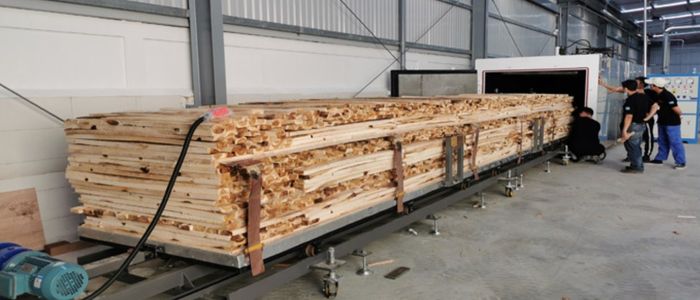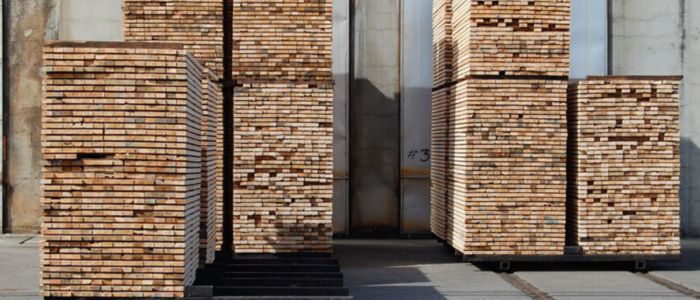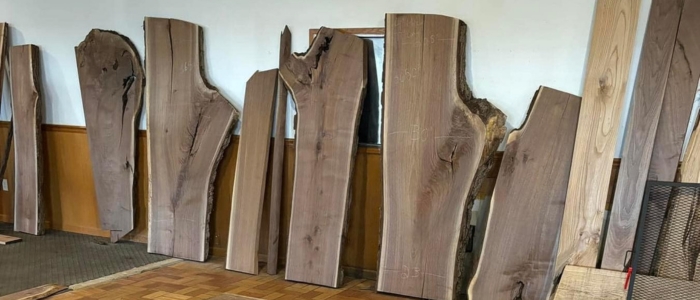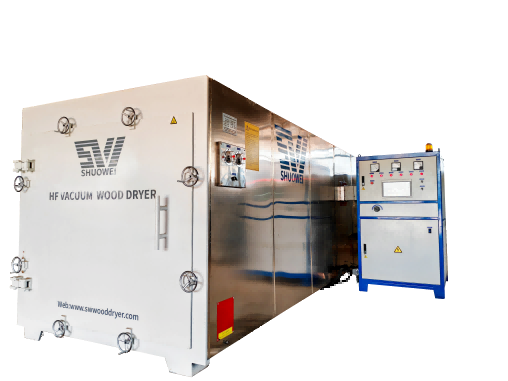Building your own custom home is ideal for any homeowner. Whether you’re building your own or not, the lumber that is used in your home can make a huge difference in its longevity and how it will look over time. Kiln-dried lumber is often lauded by my fellow do-it-yourselfers as the mark of true quality.
And while that may be true in terms of the final product, when it comes to saving on costs and knowing how much to pay for your lumber, this praise might not apply. Lumber is readily available and at a lower cost than kiln-dried lumber. However, when you want the best for your project, it may be worth paying the extra charge to get kiln-dried lumber rather than regular, unfinished wood.
You might have heard that kiln-dried lumber is better than traditionally dried lumber, but what does that mean exactly? Well, this article will answer the question of Is Kiln Dried Lumber Better.

Is Kiln Dried Lumber Better
First and foremost, what is kiln drying? Essentially, it is a process where wood is dried very quickly using hot air. Kilns are often used to dry large amounts of wood for things like building materials and flooring. The process removes all the moisture from the wood, keeping it from cracking or warping. This means that once kiln-dried lumber has been installed on your home, you can be sure that it won’t change shape or crack for quite a long time.
This is especially important for homes and buildings with high-stress floors, such as those made of concrete. Concrete is often prone to cracking over time as the wood expands and contracts due to changing temperatures or moisture levels. Because kiln-dried lumber is dried so quickly, it has very little ability to expand and contract. This means that your floors will stay intact for longer than they would otherwise, making your investment last longer.
Kiln-dried wood is also less likely to warp over time from exposure to different temperatures and humidity levels. This means that if you decide to move or sell your home, the kiln-dried lumber on it will still be in good condition, creating more value for whoever buys or lives in it.
In the end, you’ll probably pay a bit more for kiln-dried lumber than regular lumber since it is dried more quickly and is of higher quality. But in the long term, it will be worth the money you spent because your home will look better for longer, providing more value to whomever owns or lives in it.
What is the advantage of kiln-dried lumber?
The main advantage of kiln-dried lumber is its lower moisture content than regular, traditionally dried lumber. This means that it is less likely to shrink and warp over time, making the final product stronger and more stable for your home. Kiln-dried lumber also tends to have better quality in terms of appearance and is less likely to crack or split.
If you’re building a home and want to ensure that it will last for many years, kiln-dried lumber is definitely the way to go. Not only will it create a longer-lasting structure, but it won’t crack or warp over time, so your investment will be well worth the cost.
In the end, whether kiln-dried lumber is better for your home depends on many different factors. Most of the time, however, it’s a great choice if you’re looking to build a structure that will last for years to come. So the next time you’re in the market for some new lumber, consider investing in kiln-dried lumber to make sure your home always looks its best.
One advantage of kiln-dried lumber is its lower moisture content than regular lumber. This means that it is less likely to shrink and warp over time, which can make the final product more stable and longer lasting. Kiln-dried lumber also tends to be of better quality in terms of appearance, as it is less likely to split or crack.
If you’re building a home and want to ensure that it will last for much kiln-dried lumber can help to make sure that your new structure is strong and long-lasting. Not only will it create a longer-lasting structure, but it won’t likely crack or warp over time, so your investment will be well worth the cost.

Frequently Asked Questions
How is kiln-dried lumber made?
Kiln-drying typically involves drying wood in a temperature-controlled environment. The drying process can take anywhere from days to weeks, depending on the desired moisture level of the final product. Typically, the air is used to dry the lumber quickly while maintaining more uniform temperatures throughout. This helps to prevent warping and cracking.
Is kiln-dried lumber the same as air-dried lumber?
No, air-dried lumber is dried naturally over time without any heat or other temperature control methods. This typically takes place outdoors in a number of different environments, which can lead to uneven drying times and different levels of moisture in the final product.
Who uses kiln-dried lumber?
Kiln-dried lumber is typically used by contractors, builders and other professionals who are constructing new homes or buildings. It is also commonly used by homeowners who are building additions to their home or making renovations. Kiln-dried lumber is typically more expensive than traditional lumber, but it will result in a stronger and longer-lasting home.
Why is kiln-dried lumber more expensive?
Kiln-drying makes the drying process faster, so there are fewer opportunities for wood to absorb water. This costs less time and money, which means that the end product is often more expensive. However, as previously mentioned, kiln-dried lumber tends to produce a stronger and longer-lasting final product, making it well worth the additional cost in the long run.
How do you tell if wood is kiln dried?
The quickest way to tell if the wood has been through a kiln-drying process is by checking to see what type of moisture content it contains. Typically, kiln-dried lumber has a lower moisture content than traditional wood that has been dried naturally using air. You can also check the label on the wood itself, as some companies may list the percentage of water contained in the product.
Are there any side effects of using kiln-dried lumber?
No, there are no known side effects when using kiln-dried lumber. In fact, it is often considered to be a better choice in many cases due to its lower moisture content and ability to produce a stronger final product. However, some users may find that the additional cost makes it a less attractive option in the short term.
Are there any alternatives to kiln-dried lumber?
Yes, pine wood is often used as an alternative to kiln-dried lumber because it dries more evenly in the air. However, this process can be more time-consuming and produce lower-quality results in the end. Another option is to use pressure-treated lumber, which has been soaked in a chemical solution that helps to lower its moisture content and prevent it from absorbing water over time.
This can be an attractive option because it tends to be less expensive than kiln-dried lumber and produces a similar final product. However, many professionals recommend avoiding pressure-treated lumber when making additions or renovations to existing structures, as it can cause dangerous chemicals to seep into the surrounding environment. As such, it is recommended that you use this material for new construction and other projects where leaks are not a concern.

Summarize
Kiln-drying produces more uniform drying results over time and produces a final product with less moisture, which means that it is typically a more attractive option in many cases. However, it comes at an increased cost and may not be necessary when you are simply making minor renovations or changes to your home. Therefore, it is important to consider all of the available options before making a final decision. For more information about kiln-dried lumber, visit our website HeBei ShuoWei’, or contact us. This will help you to make an informed choice that is right for your project, budget, and personal preferences.




